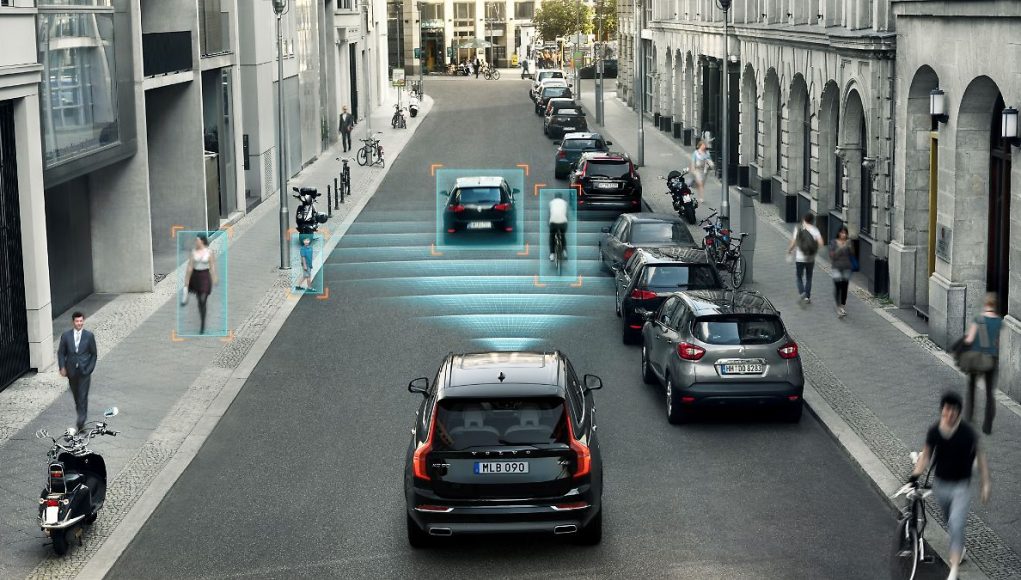Avoiding collisions
How does the emergency braking assistant work?
This audio version was artificially generated. More info | Send feedback
Rear-end collisions often cause damage to the vehicle bodywork, but also injuries and even deaths. Emergency braking assistants are designed to prevent such accidents. This is how it works.
The emergency braking assistant is a safety system in vehicles that is activated primarily when there is an imminent collision with stationary objects or other road users in order to avoid rear-end collisions and collisions with these or to reduce their severity. To do this, the traffic situation in front of the vehicle is constantly monitored and analyzed by computers. If the on-board monitoring system classifies the risk of an accident as high, the on-board electronics intervene to reduce the subsequent risk.
The most important and most visible components of an emergency braking assistant are the sensors. In addition to radar and optical cameras, Lidar technology is now also used. The latter enables a particularly high spatial and depth resolution and is considered faster and less computationally intensive than camera technology. Each of these common sensor technologies gives the vehicle eyes with which it can detect other vehicles, pedestrians or obstacles on the road.
Images and data are constantly analyzed
The sensors permanently supply the vehicle's central processing unit with image and data information, which is subjected to continuous analysis. The vehicle's speed, the distance to other objects and the general traffic situation are evaluated. The driver's own speed and steering are also included in the evaluation.
If the analysis software of an emergency braking assistant determines that the vehicle is on a collision course, it evaluates whether braking is necessary to avoid the impending crash. If the system determines that the driver is not reacting quickly enough to avoid the accident, it becomes active.
In a first step, the driver is usually warned visually and/or acoustically of a possible collision. If the driver does not react accordingly, for example by applying the brakes, the assistant actively intervenes in the braking system.
If a danger is detected, the emergency braking assistant automatically increases the braking force. This means that the brakes are more effective than if the driver were to apply the brakes normally. If the driver brakes, the braking effect is increased even further and the speed is reduced more.
If it gets very critical, brake even without a driver
In particularly critical situations, the emergency braking assistant can even bring the vehicle to a complete stop without the driver having to brake in order to avoid a collision or to minimize its consequences. In this case, this is referred to as autonomous emergency braking.
It often happens that the emergency braking assistant is activated because its systems detect an impending crash. From the driver's perspective, however, this can be a false alarm, as the driver intends to avoid the obstacle anyway. In this situation, the driver can override the emergency braking assistant, for example, by giving the appropriate accelerator and steering commands.
The emergency braking assistant, sometimes also called a collision avoidance system, is now considered an established safety system with high accident prevention potential. That is why the EU has declared this assistance system to be a mandatory feature of new cars, just like seat belts, ABS or ESP. Since summer 2022, car manufacturers will no longer receive type approval for vehicles without emergency braking assistants. Since summer 2024, every newly registered car must even have an emergency braking assistant on board.































